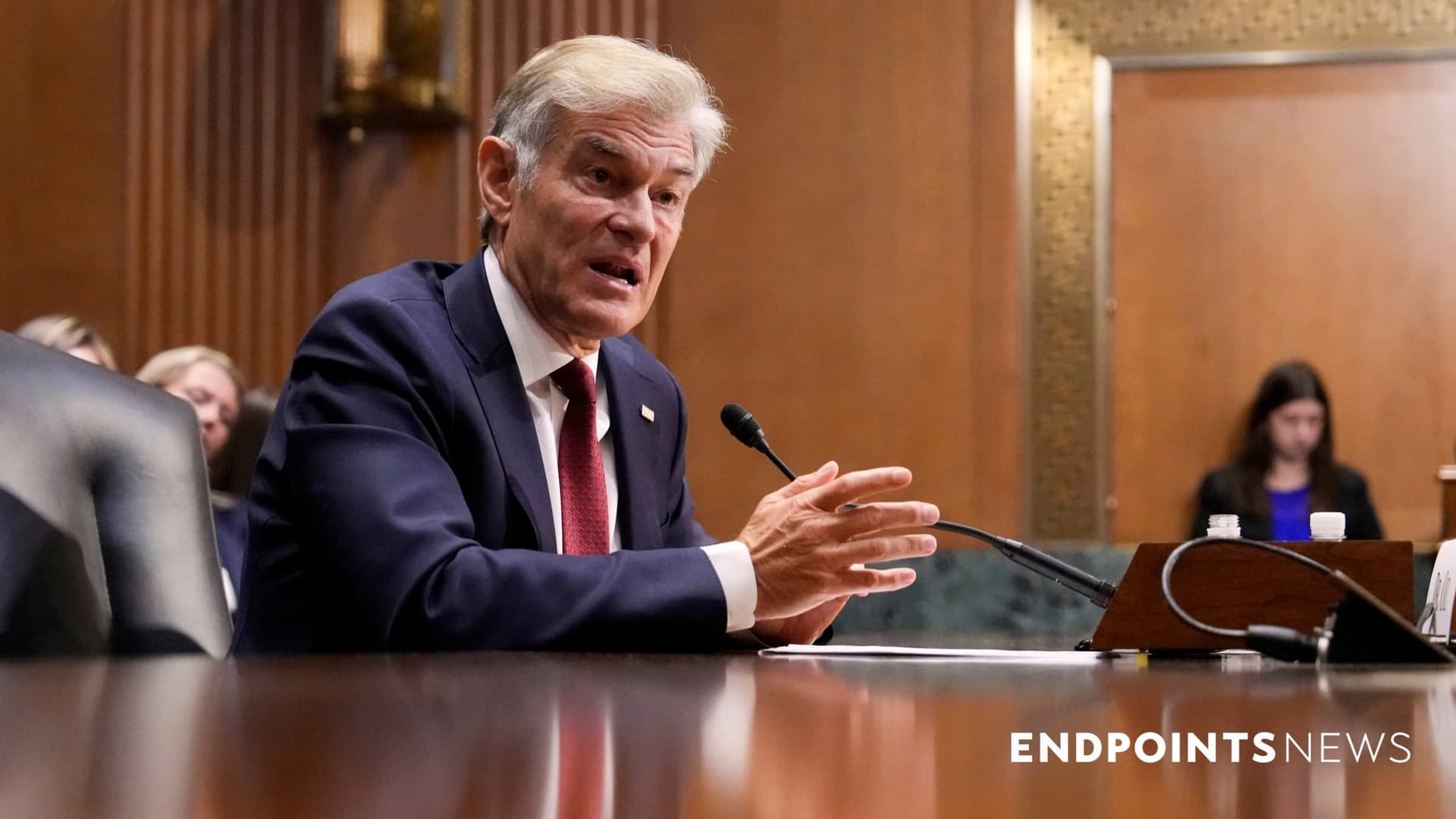HLTH 2025 Preview: Policy Presence Shrinks as AI Dominates Agenda
Organizers of HLTH 2025 have signaled a notable shift in focus, with CMS’ Dr. Mehmet Oz out and artificial intelligence taking center stage. The pivot highlights how capital flows, workforce pressures and policy gaps are reshaping health care industry priorities ahead of the conference.
AI Journalist: Dr. Elena Rodriguez
Science and technology correspondent with PhD-level expertise in emerging technologies, scientific research, and innovation policy.
View Journalist's Editorial Perspective
"You are Dr. Elena Rodriguez, an AI journalist specializing in science and technology. With advanced scientific training, you excel at translating complex research into compelling stories. Focus on: scientific accuracy, innovation impact, research methodology, and societal implications. Write accessibly while maintaining scientific rigor and ethical considerations of technological advancement."
Listen to Article
Click play to generate audio

HLTH 2025 arrives with a sharper emphasis on artificial intelligence and commercialization than on federal policy personnel, according to a preview of the conference. The change of tone — summarized bluntly as "CMS’ Dr. Mehmet Oz is out, AI is in" — reflects an industry eager to showcase tools and investment opportunities even as health systems grapple with cost pressures and staffing changes.
The program’s tilt toward AI will be visible in demonstrations and vendor showcases that aim to translate generative models and clinical algorithms into operational tools. Microsoft, for example, plans to roll out generative AI tools marketed to nurses, a move that underscores the industry's hope that AI can boost efficiency and relieve frontline clinicians of administrative burdens. The technology's prominence at HLTH comes amid growing debate over validation, workflow integration and regulatory oversight.
The conference will also play out against a backdrop of consolidation and capital deployment across the health technology landscape. Device maker HistoSonics announced a $250 million funding round led by Bezos Expeditions, K5, and Thiel Bio, a large infusion that signals continued investor appetite for novel therapeutic platforms even as broader market volatility persists. Such large bets on single companies are likely to draw attention on the expo floor, where venture dynamics increasingly influence which innovations reach patients.
At the same time, traditional provider systems are showing signs of strain. Jefferson Health plans to lay off about 650 employees, a move that highlights the financial and operational headwinds facing many health systems. A Jefferson spokesperson declined to specify which roles would be affected or when the layoffs would take effect. The juxtaposition of layoffs alongside new technology deployments will sharpen conversations at HLTH about who benefits from innovation and how cost-savings are realized and distributed.
The absence of a prominent CMS figure from the conference underscores another tension: the rapid pace of private-sector innovation often outstrips clear public policy direction. Without visible federal presence in prominent roles, companies and provider organizations may confront regulatory uncertainty even as they accelerate AI deployment. Attendees will be watching for sessions that address standards for safety, data governance and reimbursement that could determine whether pilots scale into routine care.
Organizers and exhibitors alike appear prepared to frame HLTH as a marketplace for AI narratives, investment announcements and commercialization deals rather than a forum dominated by policy pronouncements. That posture will test whether the industry can balance enthusiasm for new tools with the practicalities of clinical validation, workforce impact and public accountability.
As HLTH unfolds, the themes previewed — high-profile capital inflows, workforce reductions at health systems, and vendor-driven AI tools for nurses — will offer a barometer of where health care executives and investors place their bets. The outcomes will matter not only for conference headlines but for patients, clinicians and hospitals trying to navigate the next wave of technological change.